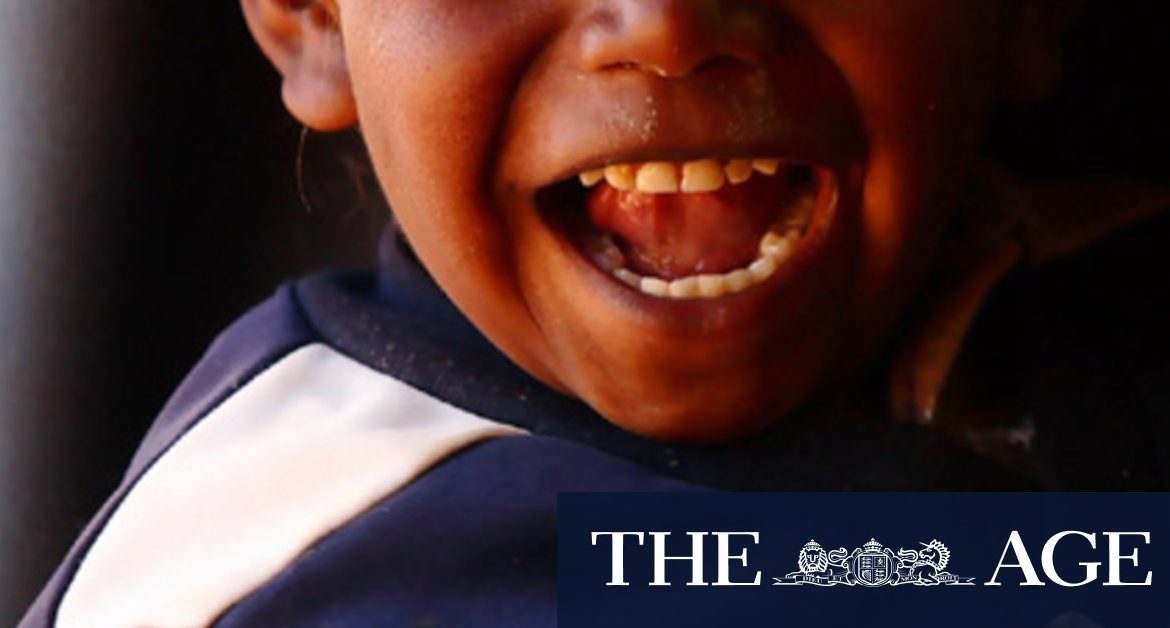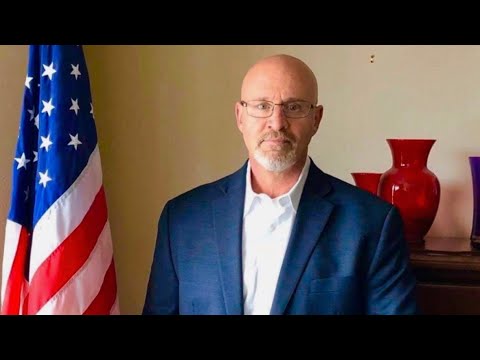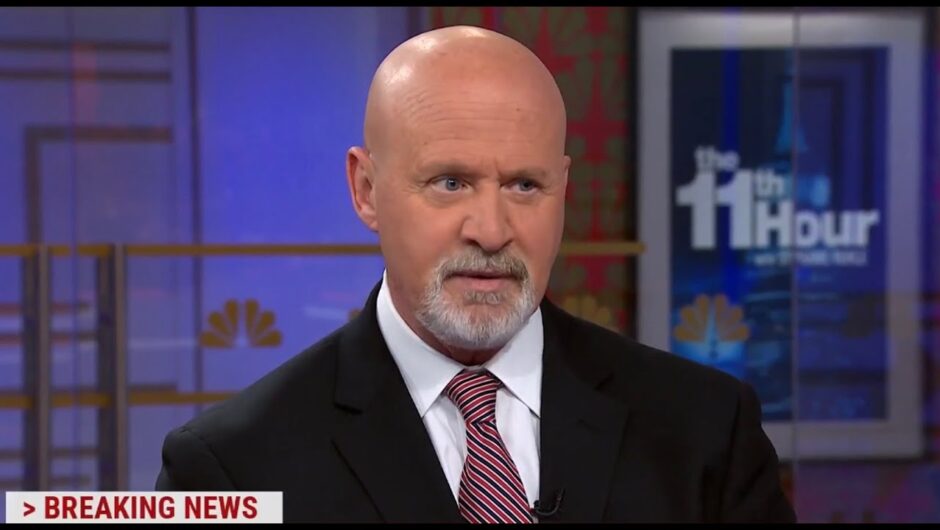“The children who had the intervention had much fewer instances of new severe tooth decay compared to the children who didn’t get the intervention,” he said.
That was especially important, he said, because bad dental health could have a negative effect on overall health, including increasing the risk of chronic disease such as heart disease.
Dr Lalloo said the research was particularly gratifying because they were able to make an immediate difference in the lives of children.
“Normally in research you don’t treat existing disease, but in our case we were given funds to employ a clinical team, and the children who took part all benefited from having their tooth decay treated,” he said.
Emeritus Professor Newell Johnson from Griffith University’s School of Dentistry and Oral Health said the findings showed simple health interventions, in particular by fly-in-fly-out workers, could have exponential health benefits for remote Indigenous communities.
“The oral health professionals fly in-fly out model we used in the study is a cost-effective way of delivering the program,” Emeritus Professor Johnson said.
“Primary healthcare workers such as community nurses and Aboriginal health workers can be trained to do these treatments, making them even more cost-effective.”
Dr Lalloo said proactive measures were needed to ensure that children in remote Indigenous communities were not being left behind other Australian children.
“At the moment when we do these interventions, it’s like trying to mop up water while the tap is still on. We need to turn off the tap,” he said.
The research has been published in the journal Plos One.







